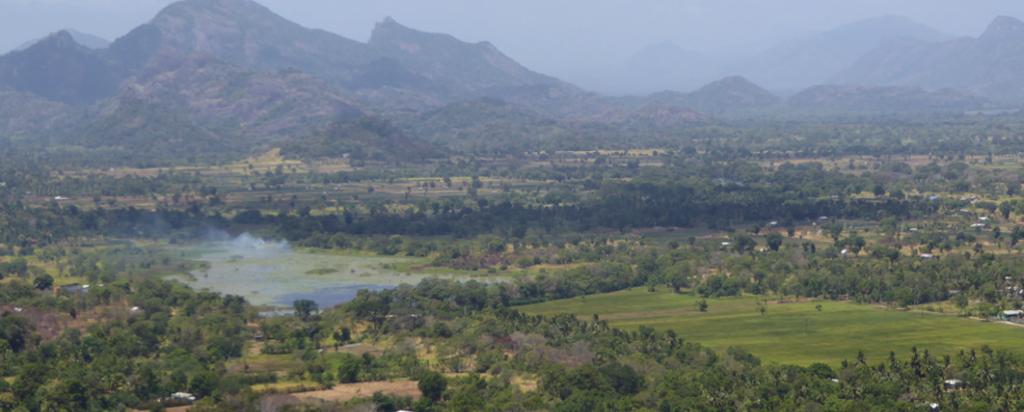
Chronic kidney disease of unknown origin
On Thursday 25 May 2017, ANSTO CEO Dr Adi Paterson signed a Memorandum of Understanding with the Sri Lankan High Commissioner to Australia, His Excellency Somasundaram Skandakumar. Under the Memorandum of Understanding, ANSTO and the Presidential Taskforce will work together to investigate the epidemiology of Chronic Kidney Disease of unknown origin (CKDu).
CKDu in Sri Lanka
Since it was first observed in the mid-1990s, CKDu has emerged as a significant public health issue in Sri Lanka, with disease clusters recorded in five distinct provinces in the country’s north-east. This disease disproportionately affects agricultural workers, the majority of whom are male, between 40-60 years of age, and with no apparent link to well-established chronic kidney disease risk factors such as diabetes, hypertension, or chronic glomerulonephritis.
Government statistics indicate around 1,500 Sri Lankans die from CKDu each year. The only available treatment options for the condition are renal alysis and kidney transplant, which places a substantial strain on the country’s health system. A diagnosis of CKDu can also result in poverty at the familial and community levels, with many working age men suffering from the condition unable to continue working.
ANSTO acknowledges the efforts of individual researchers and the contribution of multilateral organisations, such as the World Health Organisation, in advancing understanding of CKDu and its potential causes. However, with a number of hypotheses as to what causes CKDu present in scientific literature to date, it is clear that a coordinated effort is required to obtain a clear picture of the disease, and how its prevalence can potentially be curtailed.
ANSTO will facilitate collaboration by bringing together skilled nephrologists, and additional medical and environmental researchers, to use its world-class nuclear science infrastructure, such as the Australian Centre for Neutron Scattering and the Australian Synchrotron. ANSTO will specifically facilitate research into the geological, hydrological, meteorological, demographic, and toxicology aspects of CKDu.
A Unique Approach to Research
ANSTO is entering this project as a facilitator and has adopted an agnostic approach to existing hypotheses about the precipitating factors for CKDu. To this end, ANSTO is currently using Geographic Information System (GIS) technology to generate a clear picture of disease clusters and factors that have been associated with CKDu in the literature to date, such as water hardness, fluoridation, and iconicity, and leptospirosis. This information will then be used to generate a detailed experimental design, identify gaps in existing data, to ultimately facilitate robust and sustainable solutions for the prevention, early detection, and treatment of CKDu.
While in its initial stages, this project provides an important opportunity to address a major public health issue. Importantly, CKDu does not only affect Sri Lanka, but has been observed in a number of other low and middle income countries such as India, Nicaragua, Costa Rice, and Egypt. It is anticipated that the methodology that will be developed to address CKDu in Sri Lanka could also be beneficial in these other cases.
How ANSTO Contributes
On Thursday 25 May 2017, ANSTO CEO Dr Adi Paterson signed a Memorandum of Understanding with the Sri Lankan High Commissioner to Australia, His Excellency Somasundaram Skandakumar. Under the Memorandum of Understanding, ANSTO and the Presidential Taskforce will work together to investigate the epidemiology of CKDu.